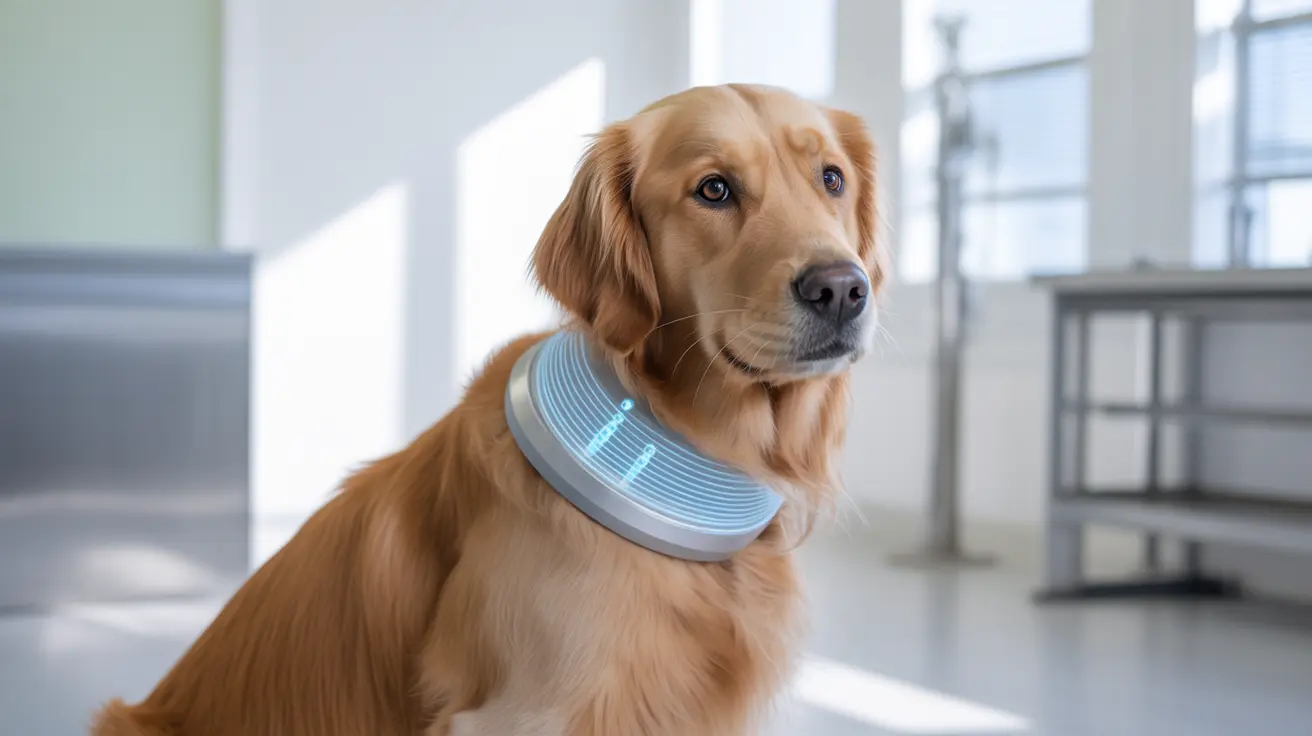How to Get Rid of a Cyst on Your Dog's Paw
If your dog has developed a painful lump between its toes, it could be an interdigital cyst, also known as an interdigital furuncle. These painful nodular lesions occur due to inflammation and infection in the webbing between the dog’s toes. Early and appropriate treatment is critical to alleviate your pet’s discomfort and prevent recurrence.
What Causes Interdigital Cysts?
These lesions result from an inflammatory reaction in hair follicles of the paw. Several contributing factors include:
- Short, bristly coat types in breeds like Bulldogs, Labrador Retrievers, Boxers, and Shar-Peis
- Repeated trauma from walking on rough surfaces
- Obesity or abnormal paw structure
- Environmental or food allergies
- Foreign bodies like foxtails or grass awns
- Demodex mites or systemic disorders like hypothyroidism
Symptoms to Watch For
Typical signs include:
- Red or purple nodules between toes
- Discharge of pus, blood, or clear fluid
- Lameness, licking, or chewing at the paw
- Hair loss or scarring in chronic cases
- Fear or pain on manipulation of the paw
Diagnosing an Interdigital Cyst
A veterinarian’s examination is essential for diagnosis. Diagnostic techniques include:
- Fine-needle aspirates or cytology to detect infection
- Skin scrapings for mites
- Bacterial culture and sensitivity testing
- Biopsy in unusual or unresponsive cases
- Blood tests to identify hormonal imbalances
- Food trials or allergy tests
- X-rays or imaging if foreign bodies are suspected
Treatment Options
Treatment targets both the symptoms and the underlying conditions:
- Antibiotic therapy: Long-term systemic antibiotics guided by culture and topical options like chlorhexidine or miconazole.
- Anti-inflammatory treatment: Steroids such as prednisone, cyclosporine, or topical agents to reduce swelling and discomfort.
- Allergy and weight management: Diet adjustments, antihistamines, and weight loss where needed.
- Paw care: Daily cleaning with antiseptic solutions, booties for protection, and limiting exposure to rough terrain.
- Adjunct therapies: Epsom salt soaks and topical retinoids may help in managing chronic cases.
- Surgical intervention: Only pursued if medical therapy fails. CO2 laser removal or fusion podoplasty may be used.
Preventing Recurrence
Since recurrence is common, prevention strategies include:
- Keeping paws clean and dry after walks
- Using booties in harsh weather or tough terrain
- Maintaining a healthy weight
- Treating allergies proactively
- Regular vet checkups for at-risk breeds
Owner Tips
Never attempt to drain or pop an interdigital cyst at home—it could worsen the infection. Always consult your veterinarian early. With proper care, most dogs recover well, although chronic management may be needed in predisposed breeds.





